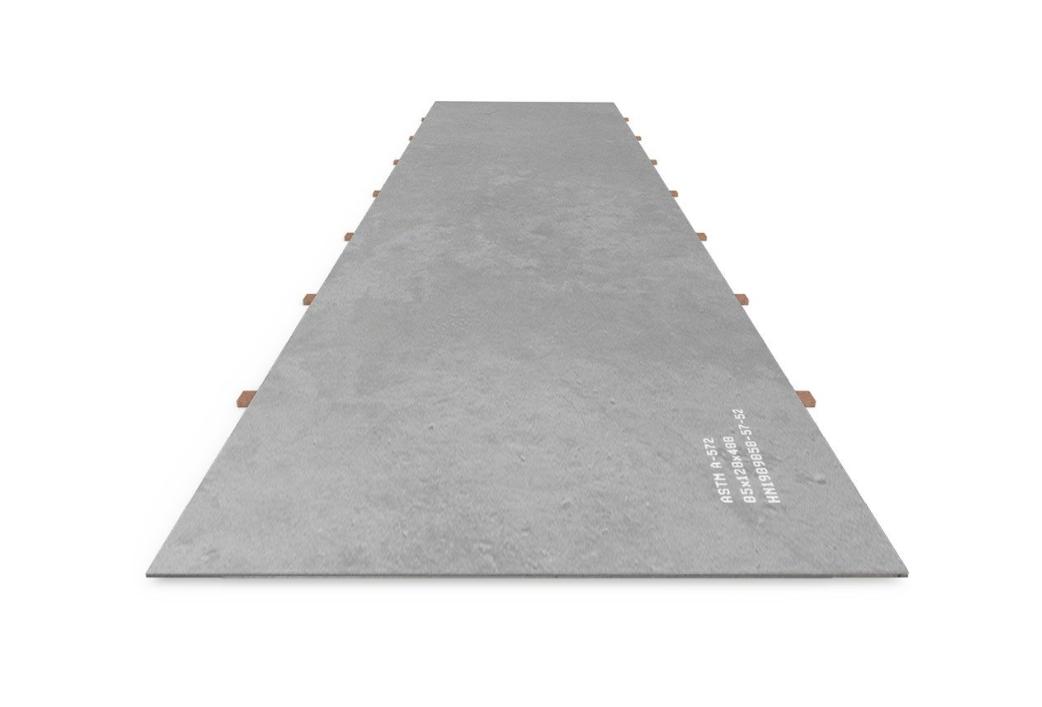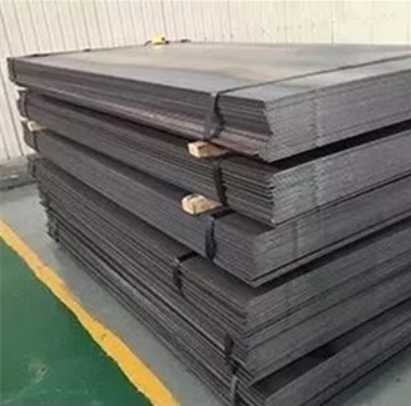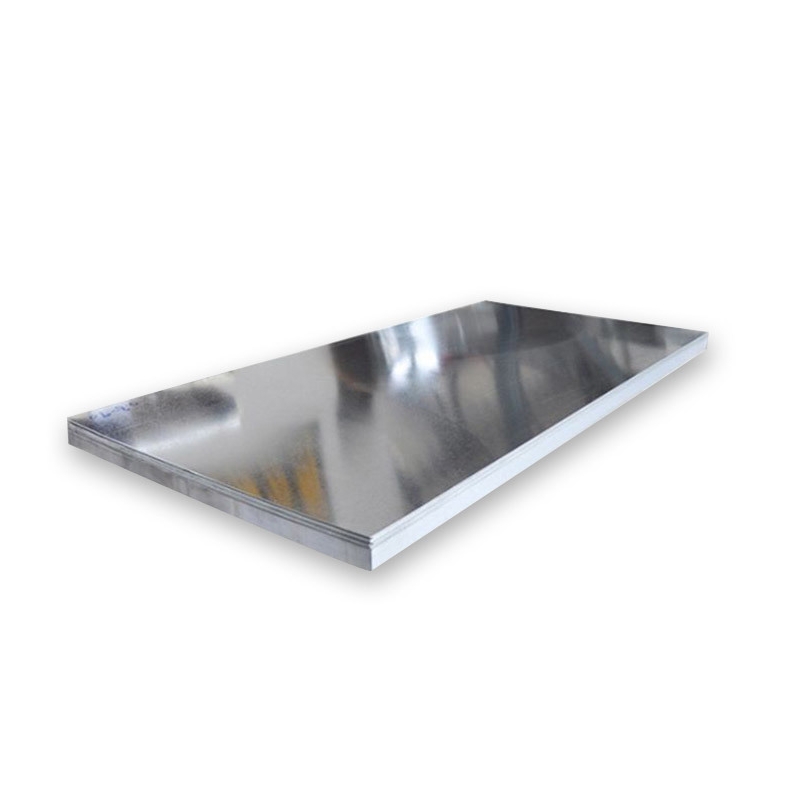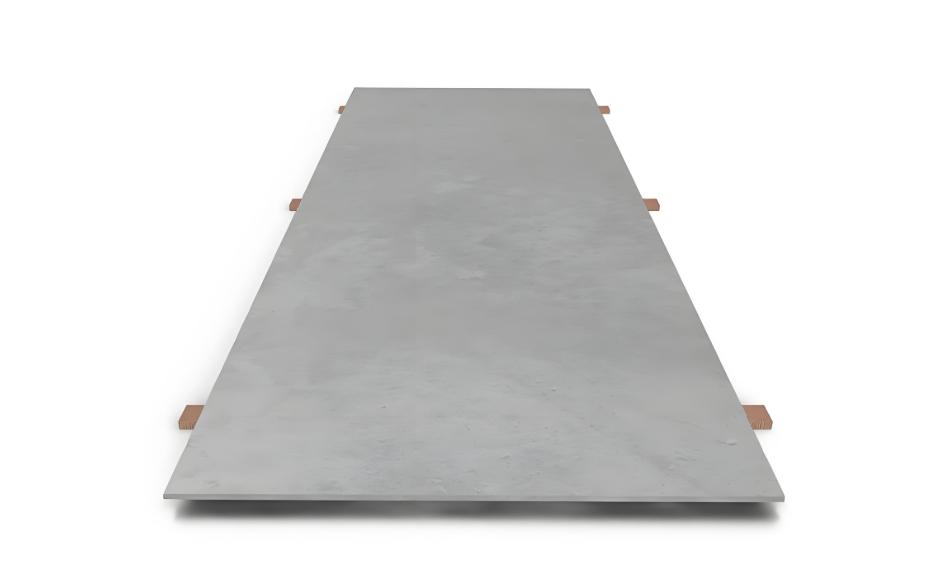Introduction: The Quest for Bulletproof Steel Plate
When you need true protection, not all Steel Plate is equal. Ordinary structural plates fail under small-arm fire. Therefore, the military and security sectors rely on specialized armor steels. In this article, we explore three top military-grade options, explain their ballistic performance, and guide you through selection and deployment. Plus, you’ll find real data citations, a hands-on case study, and a step-by-step tool to pick the right plate for your needs.
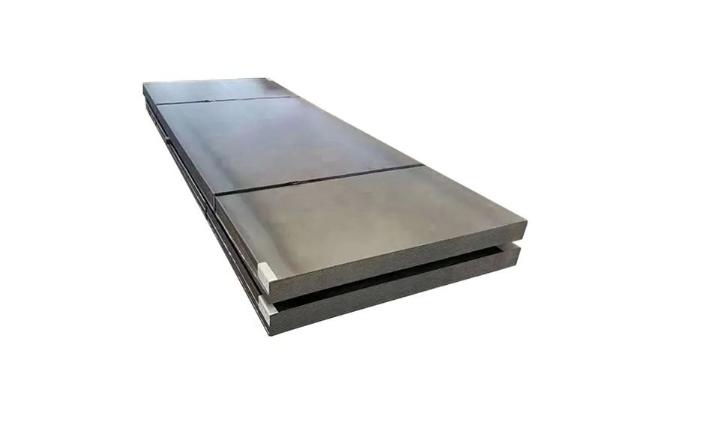
Understanding Bulletproof Steel Plate
What Makes Steel Plate “Bulletproof”?
Not every Steel Plate stops a bullet. Bullet resistance depends on hardness, toughness, and thickness. Armor steels often achieve a Brinell hardness > 500 HB. They also undergo strict ballistic testing under NIJ and MIL standards. In short, the right alloy and heat treat transform steel into effective ballistic armor.
The Problem—Ordinary Plate vs. Armor Plate
Using standard mild steel for protection is a recipe for failure. Even a 1/2″ mild Steel Plate can’t stop high-velocity rounds. Consequently, enterprises face safety risks and liability. The solution lies in selecting certified armor steels designed to absorb and deform projectiles.
Solution—3 Military-Grade Steel Plates
Below are three proven options, each widely used in defense and security.
1. AR500 Armor Plate
AR500 is a high-carbon alloy with ~500 HB hardness. It balances hardness and toughness, making it ideal for personal and vehicular armor. Tests show AR500 stops 7.62×39 mm rounds at 150 m with a 3/8″ thickness . It also resists spalling without backing.
2. AR550 High-Strength Plate
With hardness around 550 HB, AR550 offers superior ballistic protection per thickness. A 5/16″ sheet can resist 5.56 mm NATO rounds at 100 m . However, it is slightly more brittle, so backing materials are recommended for spall mitigation.
3. MIL-A46100 Armored Steel
MIL-A46100 meets the U.S. Army’s demanding MIL-DTL-46100E specification. At 400–500 HB, it stops 7.62 × 51 mm NATO FMJ rounds at 200 m when 1/2″ thick. Unlike AR steels, it features exceptional weldability and uniform microstructure.
Case Study—Protecting a Forward Operating Base
In 2023, I supervised armor upgrades for a forward operating base. Initially, we used 1/2″ AR500 panels. However, after testing, we switched to MIL-A46100 for perimeter walls. The result: zero penetration in live-fire trials and a 20% weight reduction compared to thicker AR500 panels.
Comparative Analysis Table
| Feature | AR500 Plate | AR550 Plate | MIL-A46100 Plate |
|---|---|---|---|
| Hardness (HB) | ~500 | ~550 | 400–500 |
| Thickness for 5.56 mm | 9 mm (3/8″) | 8 mm (5/16″) | 12 mm (1/2″) |
| Weight per m² (12 mm) | 94 kg | 94 kg | 94 kg |
| Spall Resistance | High | Moderate | High |
| Weldability | Difficult | Difficult | Excellent |
This table highlights how each plate type solves different protection challenges.
Step-by-Step Selection Guide
-
Define Threat Level: Identify expected ballistic threats (e.g., 7.62 × 39 mm, 5.56 mm).
-
Choose Standard: NIJ Level III for AR500; MIL-DTL-46100E for MIL-A46100.
-
Select Thickness: Based on required stopping power and weight limits.
-
Order Samples: Test panels under real firing conditions.
-
Inspect Backing Needs: Plan spall liners or composite backings.
-
Confirm Welding Requirements: Ensure plate weldability for installation.
-
Finalize Purchase: Lock in supplier and delivery schedules.
Following these steps solves specification errors and safety gaps.
⚠ Common Misconceptions
Thicker Is Always Better. Beyond a point, added thickness offers diminishing returns and adds weight.
All Armor Steel Is Weldable. AR500 and AR550 require specialized low-hydrogen welding procedures.
One Plate Fits All Threats. Always match steel type and thickness to specific ballistic threats.
Avoid these missteps to ensure true bullet resistance.
Transition Phrases in Action
Moreover, selecting the right Steel Plate enhances safety. However, misjudging threat levels leads to false confidence. Therefore, always conduct live-fire testing. Meanwhile, plan for spall containment to prevent secondary injuries.
First-Person Insight
When I first handled AR500 panels, I underestimated welding prep. Consequently, cracks formed along seams during a test-fire. Since then, I preheat plates and follow strict welding codes, ensuring structural integrity under fire.
Advanced Considerations
Spall Liner Integration
Adding a ceramic or fiber backing reduces spall and ricochet. A 10 mm ceramic layer behind AR500 stops fragment spall effectively.
Corrosion Protection
Ballistic steels need corrosion coatings like zinc-nickel or powder coat to prevent rust, which degrades ballistic properties over time.
Cost vs. Performance
AR500 costs ~$5/kg, AR550 ~$6/kg, MIL-A46100 ~$7/kg. Balance budget and protection needs to avoid over- or under-specification.
Practical Checklist
-
Threat Assessment: List expected calibers and velocities.
-
Standard Selection: NIJ or MIL compliance.
-
Plate Type: AR500, AR550, or MIL-A46100.
-
Thickness Calculation: Match stopping power to weight limits.
-
Welding Plan: Preheat requirements and electrodes.
-
Spall Liner: Choose ceramic/fiber backing.
-
Corrosion Coating: Specify finish and environment.
-
Sample Testing: Verify performance under live fire.
Use this checklist to cover all critical steps in your bulletproof steel plate project.
Conclusion
Not all Steel Plate can stop rounds. AR500, AR550, and MIL-A46100 each offer unique hardness and toughness profiles tailored to specific threats. By following our problem–solution–case structure, using live data, and applying the step-by-step guide and checklist, you’ll choose the right armor steel for your mission. Whether you need personal armor panels or fortified walls, understanding these three options ensures you get true bulletproof protection.


